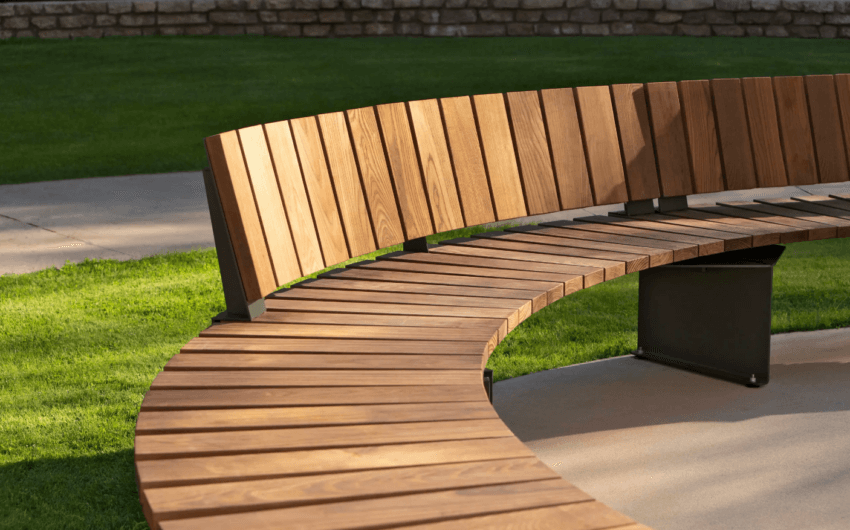Keep it simple, but functional
In this blog series, we deep dive into each stage of the idea to product lifecycle, from identifying a problem and formulating an idea through production and marketing. In each post, we’ll focus on one of the twelve unique aspects of the cycle and its impact on the end product.
Stage 9 of 12: Design for Manufacturing

There are two paths that exist concurrently within the idea to product lifecycle: a hands-on path, and a more behind-the-scenes one. The hands-on path consists of the engineering, prototyping, design for manufacturing, and production stage that deal with the design and function aspect of the product. The behind-the-scenes path is made up of the patent, branding and packaging, and delivery to customer stages that ensure that the product is ready for the market. These two paths are equally important, and they must be thought of and work together, even sometimes intersecting each other in order to create a quality product. In the previous stage of the cycle, branding and packaging, you’ll have noticed this intersection in which the behind-the-scenes stage seems to have cut-off the hands-on path. This is intentional as it will allow you to begin to understand your product from all angles of the cycle.
After the prototyping stage, you may think that your design is complete, but it can’t be finalized and sent to production until the design has been evaluated on a manufacturing basis. In the design for manufacturing stage of the idea to product lifecycle, we’ll explain the importance of refining your design for ease of manufacturing and cost-effectiveness.
In the concept and project stage, we discussed how you should consider your costs compared to your projected sales when designing your product. For your product to be feasible, you should have a positive profit margin. If the costs of production outweigh the profit you’ll receive from selling the product, it’s not worth it. One way to reduce costs prior to production is to evaluate your product’s design from a manufacturing point of view. Are you using the most cost-effective methods of manufacturing your product? Could you reduce costs with a different manufacturing process or materials? Could you reduce the number of product components? Could you change the design to make the manufacturing process simpler? The overall goal in this stage of the cycle is to produce a quality product at an appropriate cost, even if that sometimes means making some changes.
In the idea and research stages of the cycle, you should’ve determined what other similar products are already in the market and how you can improve on them. Some of these improvements may be for cost purposes, such as reducing the number of parts or changing the material. When you’re starting with a product that already exists, the design for manufacturing stage can be a bit simpler. You should already have the data on what works and what doesn’t because someone else has already gone through the design and testing phases. If you’re starting from scratch with a unique idea, the design for manufacturing stage may take more time to complete.
Make it simple
The objective in this stage is to reduce costs and maximize profits without compromising the quality of the product. This can be accomplished by simplifying, optimizing, and refining your product design. You should determine whether your intended manufacturing process is appropriate for both the number of parts you are producing and the material that will be used. There are many processes to be used, and as you expand into different processes, more materials become available. Through testing in the engineering and prototyping stages, you should also consider whether your intended material will be able to withstand the environments it will be subjected to. The material should be both cost-effective and functional for your product’s purpose.

In regards to the number of parts that’ll need to be produced for each product, fewer parts are typically better than more parts. Too many parts will complicate the production process and increase costs unnecessarily. You should evaluate whether all the parts are necessary and whether any of them can serve multiple purposes.
Proceed with caution
While the intent of this stage is to simplify your product design for manufacturing efficiency, safety and quality standards should not be ignored in favor of speed and efficiency. If you are designing a product from scratch, this process will take longer, but for good reason. You want to ensure that your product is ready for the production stage and that it will be successfully marketable. If your product does not meet safety and quality standards, it will not be functional, and no one will want to buy it.
What’s next?
In the next stage, your design will become your product.
























